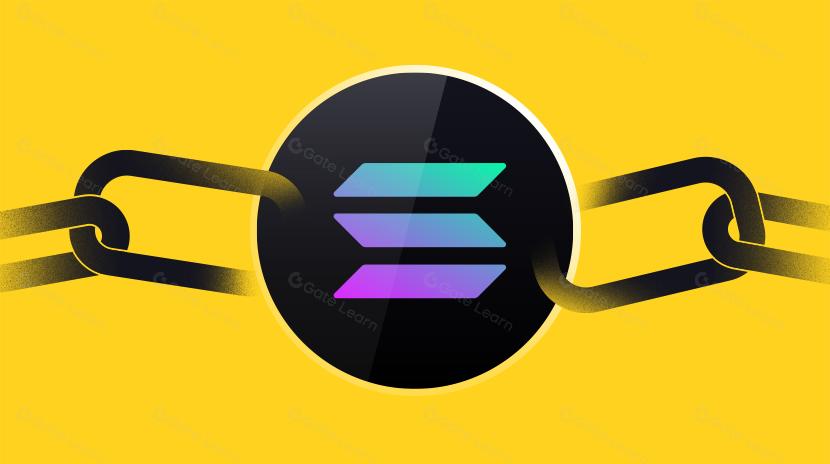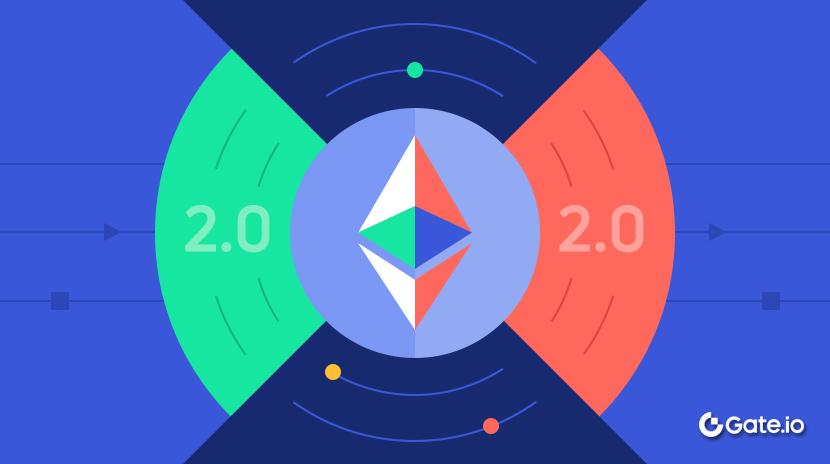The Technical Foundations, Application Pitfalls, and Future Evolution of Decentralized Social
While decentralized social protocols (Social Fi) are no longer a novel concept, products in this sector continue to evolve and iterate in meaningful ways.
Earlier this year, Kaito made “attention” measurable and tradable for the first time, using incentives to attract users and support Web3 project operations. More recently, FOMO—a breakout app in the US and European crypto communities—links real on-chain transaction behaviors with social relationships. Users can directly observe how smart money acts on-chain and how those actions connect to social accounts, generating strong emotional resonance and producing the “FOMO” effect.
Despite ongoing innovation in application-level features, the true potential of this industry is determined by three foundational aspects of decentralized social protocols: identity systems, data storage, and search and recommendation mechanisms. In this context, this article dissects Social Fi’s product architecture to analyze the technological evolution and structural pitfalls of decentralized social protocols, and predicts the future trajectory of Social Fi.
Technical Maturity: The Three Core Dimensions of Decentralized Social Protocols
Both Web2’s centralized social networks and Web3’s decentralized social protocols are built on three core pillars:
- Identity System (Account / ID)
- Data Storage (Storage)
- Search and Recommendation Mechanisms (Search & Recommendation)
These three aspects determine the level of decentralization and the long-term direction of any protocol. Significant progress has already been made in identity systems and data storage, but search and recommendation remains an early-stage challenge—critical for future breakthroughs in social protocols.
1. Identity System (Account / ID)
Protocols approach identity systems through different technical pathways:
- Nostr leverages cryptographic structures and local storage, with no reliance on clients or servers—creating a fully decentralized account system. While early user experiences were less intuitive, improvements like username binding have enhanced usability.
- Farcaster uses on-chain decentralized identities (DIDs), backed by dedicated Hubs for data storage.
- Mastodon / ActivityPub accounts are tied to domain names and specific servers. If a server goes offline, associated accounts become invalid.
These approaches reflect varying degrees of decentralization, particularly in independence from clients/servers and support for cross-client authentication.
2. Data Storage (Storage)
Web2 stores data on centralized servers, while decentralized social protocols typically use distributed nodes or relay networks.
Farcaster relies on a limited set of Data Hubs (about a hundred), optimizing storage efficiency and differentiating between on-chain and off-chain data.
Mastodon is built on independent servers. Although the system is open, it lacks interoperability across servers.
Nostr allows anyone to deploy Relays, enabling data synchronization across them—even if some Relays go offline, users can still discover content.
Key metrics for analysis include storage locations, discoverability after node failure, and data integrity verification.
Nostr’s online/offline model currently alleviates distributed storage loading and redundancy. YakiHonne pioneered the offline publishing model, enabling users to post and automatically sync content even with poor connectivity.
3. Search & Recommendation (Search & Recommendation)
Search and recommendation algorithms remain the most complex—and most critical—challenge.
Nostr’s early search functionality relied solely on public key systems, which led to subpar user experiences. Username mapping has since improved this.
Bluesky (AT Protocol) employs partially centralized recommendation algorithms to enhance usability.
Nostr is actively developing decentralized search and recommendation mechanisms at the relay layer.
Algorithmic innovation remains the biggest hurdle for decentralized social platforms. Solving this will unlock large-scale adoption.
In summary, today’s decentralized social protocols have solved approximately 2.5 out of the three main challenges: identity systems are now fully decentralized and increasingly user-friendly; distributed storage mechanisms are robust and improve search and loading experiences; recommendation algorithms are still experimental and represent the next breakthrough. For example, Kaito’s Yaps leverages AI to quantify and reward high-quality crypto content, measuring users’ “attention” and influence in crypto communities—rather than simply counting likes or impressions. As a result, this could be the tipping point for mass adoption of decentralized social networks.
Common Pitfalls in the Rise of Social Fi Applications
Since the debut of Social Fi, the industry has seen a proliferation of projects such as Lens Protocol, Farcaster, and Friend Tech. Yet most applications fall into structural traps, making it difficult to retain users once initial excitement wanes. Consequently, many Social Fi projects are short-lived and struggle to sustain growth.
Feature replication trap: Many Social Fi projects simply clone Web2 social features—short posts, long-form content, video, groups, and so on. This does not provide enough incentive for migration or differentiated value.
Lack of niche user trap: Early success depends on attracting strong niche communities. For example, Nostr—a niche protocol—thrives thanks to the culturally vibrant Bitcoin community; the YakiHonne client alone outpaces Farcaster’s Warpcast in activity. Social Fi products without cultural roots or clear use cases usually have short lifespans.
Token incentive misuse trap: Some projects mistakenly believe that token incentives can substitute for genuine product-market fit. Early viral Web3 social apps often faded because they lacked a sustainable user ecosystem. When projects stack DID, Passport, Web2 features, token issuance, and payment modules, they appear comprehensive but actually become complex and unsustainable. Each module is a specialized vertical application.
Continual application reshaping: The sector is currently undergoing a transition from protocol maturity to application redesign. Future social applications will not be simple extensions of Web2—they’ll feature entirely new interaction models. In five years, application formats will look radically different.
Once the core issues at the protocol layer are resolved, new applications will emerge in forms that are distinct from today’s social paradigms.
Resource and narrative trap: Social protocols hold unique strategic and political positions in the industry. Whether a protocol is backed by significant resources or factions is crucial. Nostr and Bluesky have strong backing even without token issuance. Resource and narrative hurdles are often challenging for Social Fi projects to overcome.
Future Outlook: The Next Phase of Social Fi
Most social tokens fail to generate long-term value because they lack genuine transaction logic and user retention. Compared to traditional Social Fi incentive models, two future directions show greater promise:
1. Social Users with Payment Needs (Social Client as a Payment Gateway)
Social clients are inherently structured for identity binding, relationship mapping, and message flows—making them ideal entry points for cross-border payments, micropayments, and content monetization.
2. Social Users with Transaction Needs (Social Client as a DeFi Gateway)
Social networks are closely tied to asset activities. When relationship graphs are integrated with on-chain asset flows, new “socially driven gateways to on-chain financial behaviors” could emerge. The rise of FOMO (which links social and transactional actions) is an early sign of this trend.
Notice:
- This article is reproduced from [TechFlow], with copyright retained by the original authors [Shaun, Yakihonne; Evan, Waterdrip Capital]. For any issues regarding reproduction, please contact the Gate Learn team for prompt review and resolution.
- Disclaimer: The views and opinions expressed are solely those of the authors and do not constitute investment advice.
- Other language versions of this article are translated by the Gate Learn team. Unless Gate is explicitly referenced, reproduction, distribution, or copying of this translated article is strictly prohibited.
Related Articles

The Future of Cross-Chain Bridges: Full-Chain Interoperability Becomes Inevitable, Liquidity Bridges Will Decline

Solana Need L2s And Appchains?

Sui: How are users leveraging its speed, security, & scalability?

Navigating the Zero Knowledge Landscape

What is Tronscan and How Can You Use it in 2025?
